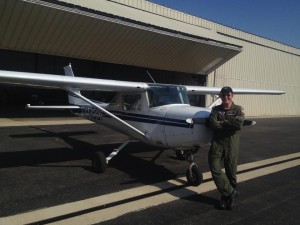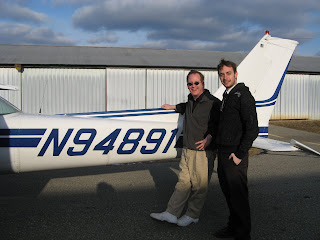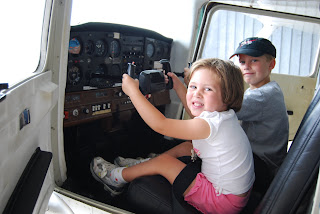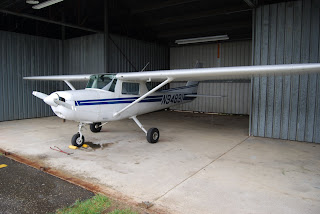I am not a spectacular pilot. I have no natural skills. Every move I have is a result of cookbook learning and repetition. Which is why I think that yesterday will stick with me for awhile.
As is my habit each year, I was checking out on N94891, the 1981 C-152 II in which I first soloed back in 2001. It lives at Solo Aviation at KARB.
Having flown all of the high airwork, the IP and I were back at KARB to round out the ride in the pattern. Downwind abeam the number for Runway 6, she pulls my power, tells me to pitch for best glide, and land power-off. I zoom-climb to 60 KIAS, then look back at the numbers to guestimate the turn.
891 has great slip capabilities. You can turn her sideways and just come down like an elevator if you like. And there was no reason to hang her out on downwind and risk coming up short. So I put the outside rudder to the floor, gave her aileron into the turn, and sweeping around, dropping out of the sky at a rapid but orderly rate and dropping flaps as required. Watching the airspeed carefully, 891 came around the corner from 1,000 AGL and 180 degrees and arrived on slope and on speed right before the jumpers just as the flaps hit the stops.
A little before I let off the slip inputs and set up to land, the IP looked at the runway and the airspeed indicator and said: “All. Day. Long.”
I remain absolutely tickled by that. Like I said, I’m not a brilliant pilot. I have no inborn skills. And that’s why I get such a charge out of responding to a challenge like that and nailing it, even in the opinion of an IP who spends a lot of time in that aircraft.
“All. Day. Long.”
Yeah.






